Solid foundation
“In the 2025-2026 school year, the education and training sector will maintain the same staffing levels and the number of employees of the professional departments and public service units under the three previous departments of education and training. In the following years, the entire sector will develop a roadmap to streamline the staffing levels by at least 20% of civil servants and public employees receiving salaries from the state budget,” said Mr. Nguyen Van Hieu.
The merger of provincial administrative units poses strategic problems for many areas, of which education and training is considered one of the most important pillars. Building and restructuring the teaching staff to suit the new situation is an urgent requirement.
However, this is also a "golden" opportunity to optimize resources, scientifically re-plan the school network, share professional experiences and create new momentum to comprehensively improve the quality of local education .
Mr. Nguyen Quang Thai - Director of the Department of Education and Training of Tay Ninh province said that the whole province currently has a widespread education network with 1,024 facilities from preschool to high school, serving 573,364 students. The distribution of schools is quite even, including both public (965 facilities) and non-public (60 facilities), ensuring access to education for all children, even in remote areas.
“With a larger scale, the provincial education sector has the conditions to re-plan the training and development network in a more systematic and effective manner. Instead of organizing small training courses, the Department of Education and Training can cooperate with prestigious universities and academies to implement large-scale, high-quality training programs for the entire team.
Training content needs to focus on urgent requirements of the industry such as: Effectively implementing the 2018 General Education Program, improving digital transformation capacity, innovating teaching and assessment methods towards developing students' qualities and abilities," said Mr. Thai.
In Ho Chi Minh City, after rearranging administrative boundaries from July 1, 2025, the Ho Chi Minh City Department of Education and Training immediately started preparing for the new school year 2025 - 2026. In particular, perfecting policies and improving staff qualifications are top priorities to ensure the rights of students and teachers.
Mr. Nguyen Van Hieu - Director of the Department of Education and Training of Ho Chi Minh City said that after merging the three previous localities of Ho Chi Minh City, Binh Duong Province, and Ba Ria - Vung Tau Province, Ho Chi Minh City has become the locality with the largest scale of schools in the country with more than 3,500 educational establishments, nearly 2.6 million students and more than 100,000 managers and teachers. This is a great opportunity to help the education and training sector have more favorable conditions for development.
“All three provinces and cities previously had good and relatively equal training quality. This makes it easier and faster to maintain training quality after the merger. Second, regarding education support policies, all three provinces and cities have income support policies for teachers, thereby creating trust for the team of managers, teachers, and workers to confidently stick with the profession,” said Mr. Hieu.
Previously, Ho Chi Minh City had Resolution 08/2023/NQ-HDND (dated September 19, 2023) of the Ho Chi Minh City People's Council on regulations on additional income for cadres, civil servants, and public employees in the State management sector, socio-political organizations and public service units managed by the city.
Similarly, Binh Duong and Ba Ria - Vung Tau provinces previously had income support policies for teachers. On this basis, the city's Education Department continues to advise the Ho Chi Minh City People's Committee to submit to the Ho Chi Minh City People's Council resolutions to guide on additional income for civil servants and employees to help them feel secure in their work, and to research and supplement policies to attract highly qualified workers to work in the city.

Challenges and opportunities
In Ho Chi Minh City, besides favorable conditions, the merger also poses many challenges. The most important problem is the shortage of teachers in all three areas, spread across all levels of education, mainly concentrated in specific subjects such as English, Music, and Fine Arts. This is a difficult problem that cannot be solved immediately.
In addition, with the new wider administrative boundaries and diverse economic types such as rural, urban, island communes, special economic zones, etc., new requirements are set for the education sector in implementing solutions to improve the quality of teaching and learning.
Mr. Nguyen Van Hieu said that to solve the local shortage of human resources, the Department of Education and Training of Ho Chi Minh City has increased "orders" from universities; at the same time, it continues to replicate the solutions implemented before the merger such as: Deploying the "digital classroom" model, organizing distance learning, managing and exchanging experiences according to professional clusters to improve the skills of the teaching staff.
Similarly, according to Mr. Nguyen Quang Thai, concerns about job placement, pressure to adapt to the new environment and management methods, or differences in work culture between units are completely justified. However, the merger requires restructuring the apparatus, from the department level to the division level and school units. Some teachers and managers may have to move to a new workplace, facing a different working environment, colleagues, and even local culture.
In particular, with the older teaching staff, adapting to changes in management, teaching methods according to the 2018 General Education Program and information technology is already a challenge, now even greater in the new organizational structure. Along with that, there is the issue of cultural differences and working methods between units. Each locality of Tay Ninh (old) and Long An (old) has its own characteristics in educational management, emulation movements and working styles that have been shaped over many years. Reconciling these differences, building a spirit of solidarity and unity for a common goal is not a simple task, requiring ingenuity, empathy and a systematic integration roadmap from the management agency.
According to statistics, the Education Department of Tay Ninh province lacks 2,481 teachers at all levels (preschool: 528, primary: 735, secondary: 917, high school: 301) and 349 school staff. The cause of this situation, according to the report, comes from many factors: The number of qualified candidates participating in recruitment does not meet the demand, teachers retire or change jobs and importantly, recruitment and treatment policies are not attractive enough to attract and retain talented people.
The Director of Tay Ninh Department of Education and Training said that the merger, although posing many difficulties, also opened up valuable opportunities to restructure and develop the teaching staff in a comprehensive and sustainable manner. The Department of Education and Training has a strategic direction, focusing on turning challenges into development motivation.
Specifically, the Department will harmonize policies, create incentives to attract and retain teachers. Apply specific policies to attract and support teachers issued by the People's Councils of the two former provinces (Resolution No. 93/2024/NQ-HDND of Tay Ninh and Resolution No. 30/2023/NQ-HDND of Long An). In addition, the Department will optimize resources, improve the quality of training and development.
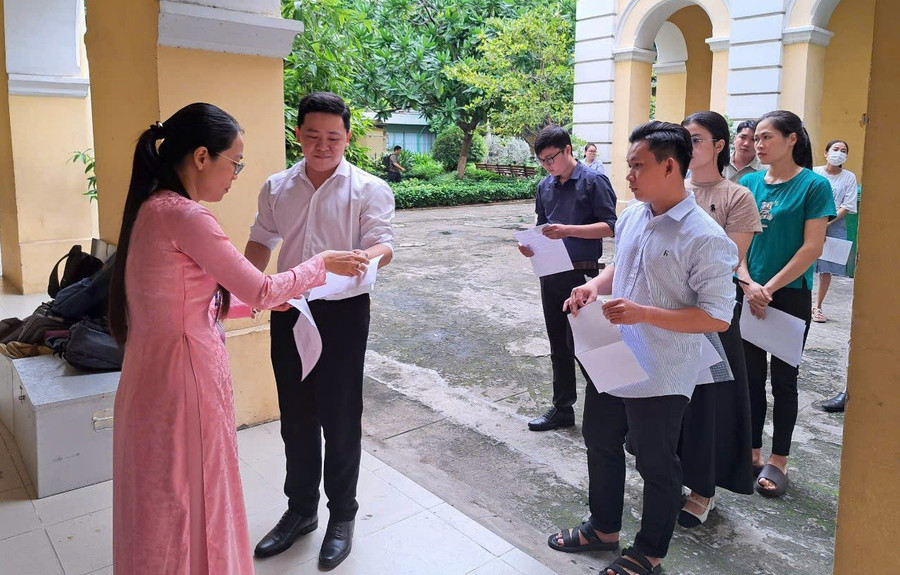
Improving the capacity of teaching staff
From the perspective of school management staff, Mr. Huynh Thanh Phu - Principal of Bui Thi Xuan High School (HCMC) believes that improving the capacity of the teaching staff is not a mechanical assimilation, but rather creating a flexible educational ecosystem, where each teacher is placed in the right role, promoting strengths and overcoming limitations. To achieve that goal, first of all, the capacity assessment stage is the foundation for all strategic adjustments.
The education system cannot operate effectively without accurate data on human resources. In particular, assessment must not only be based on qualifications but must also cover professional qualifications, pedagogical skills, information technology application capacity, and adaptability to the new education program. More importantly, assessment is not aimed at classification but at detecting training needs and designing appropriate personal development roadmaps.
“Training must be implemented with the right people, needs, and methods. The mass training model shows many limitations. Instead, it is necessary to strongly shift training activities towards individualization, where weak people are mentored, good people develop in depth and become professional cores in the locality.
In addition, the restructuring of professional groups into clusters, building an 'open' academic environment with peer interactions. The formation of inter-school and inter-ward professional clusters is a necessary step to break down professional isolation, creating a collective learning space," Mr. Phu emphasized.
According to Mr. Huynh Thanh Phu, the rotation is strategic, reallocating resources towards development, the rotation goal is based on the principle of voluntariness with accompanying support policies such as: Competition points, allowances, public housing, priority training...
At the same time, we need to focus on innovating teacher evaluation, taking educational effectiveness as the standard. We need to shift the focus from formal evaluation to substantive evaluation of learners' progress, the quality of classroom organization, the level of creativity in teaching, and teachers' contributions to the professional community. The education sector must also promote digital transformation to help expand learning opportunities for staff and narrow the gap between regions.
“There needs to be a remuneration policy to motivate teachers, especially in a context of many changes. Teachers need to be listened to, protected, empowered and led, and clearly feel their role as the subject in reform.
At the same time, increase experiential learning tours for teachers, instead of paper-based training or theoretical classes, to help teachers improve their adaptability, innovative thinking and ability to connect with the community in a natural and sustainable way.
Thus, improving the capacity of the teaching staff is not about 'flattening' but "raising the level" of each individual, requiring consistent policies and a humane vision. Only when teachers are inspired can they truly become pillars for sustainable development," Mr. Huynh Thanh Phu emphasized.
“The merger is the right time to review and consolidate the entire organizational system, from agencies to educational institutions. A streamlined, scientific organizational structure with clear functions and tasks will be the foundation for human resource management, from recruitment, appointment, salary arrangement to emulation and rewards, to be carried out in a fair, transparent and effective manner.
This will help build trust and peace of mind for teachers, eliminating concerns about unfairness in a new working environment," said Mr. Nguyen Quang Thai.
Source: https://giaoducthoidai.vn/nang-cao-chat-luong-doi-ngu-nha-giao-thuc-hien-the-nao-sau-sap-xep-dia-gioi-post743455.html




![[Photo] Prime Minister Pham Minh Chinh chairs the conference to review the 2024-2025 school year and deploy tasks for the 2025-2026 school year.](https://vstatic.vietnam.vn/vietnam/resource/IMAGE/2025/8/22/2ca5ed79ce6a46a1ac7706a42cefafae)


![[Photo] President Luong Cuong receives delegation of the Youth Committee of the Liberal Democratic Party of Japan](https://vstatic.vietnam.vn/vietnam/resource/IMAGE/2025/8/22/2632d7f5cf4f4a8e90ce5f5e1989194a)



































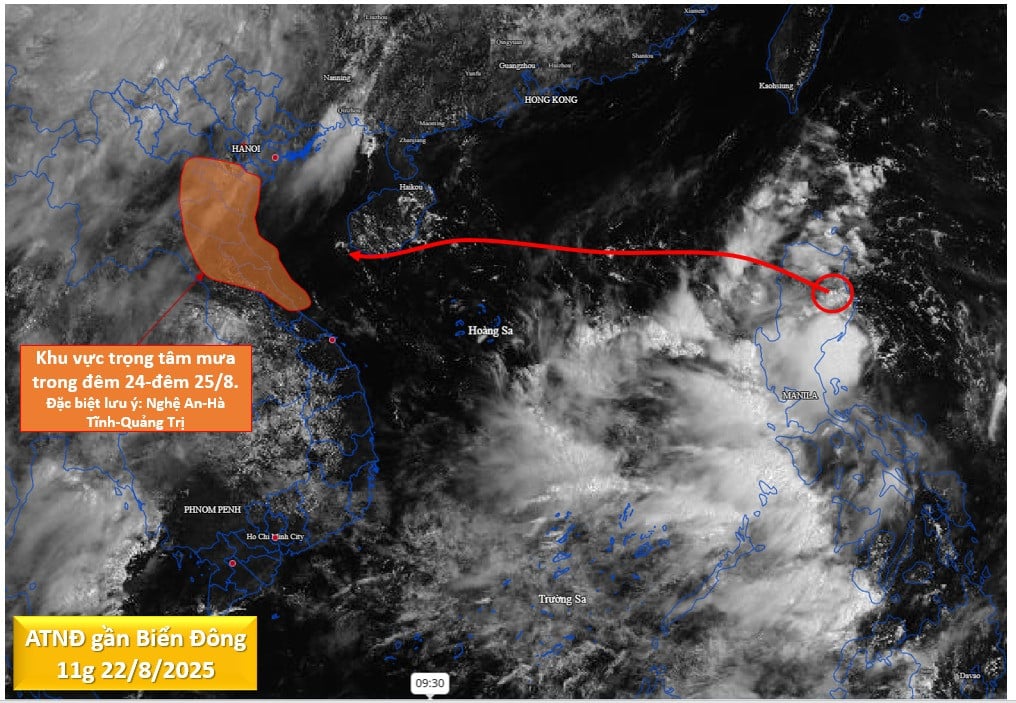
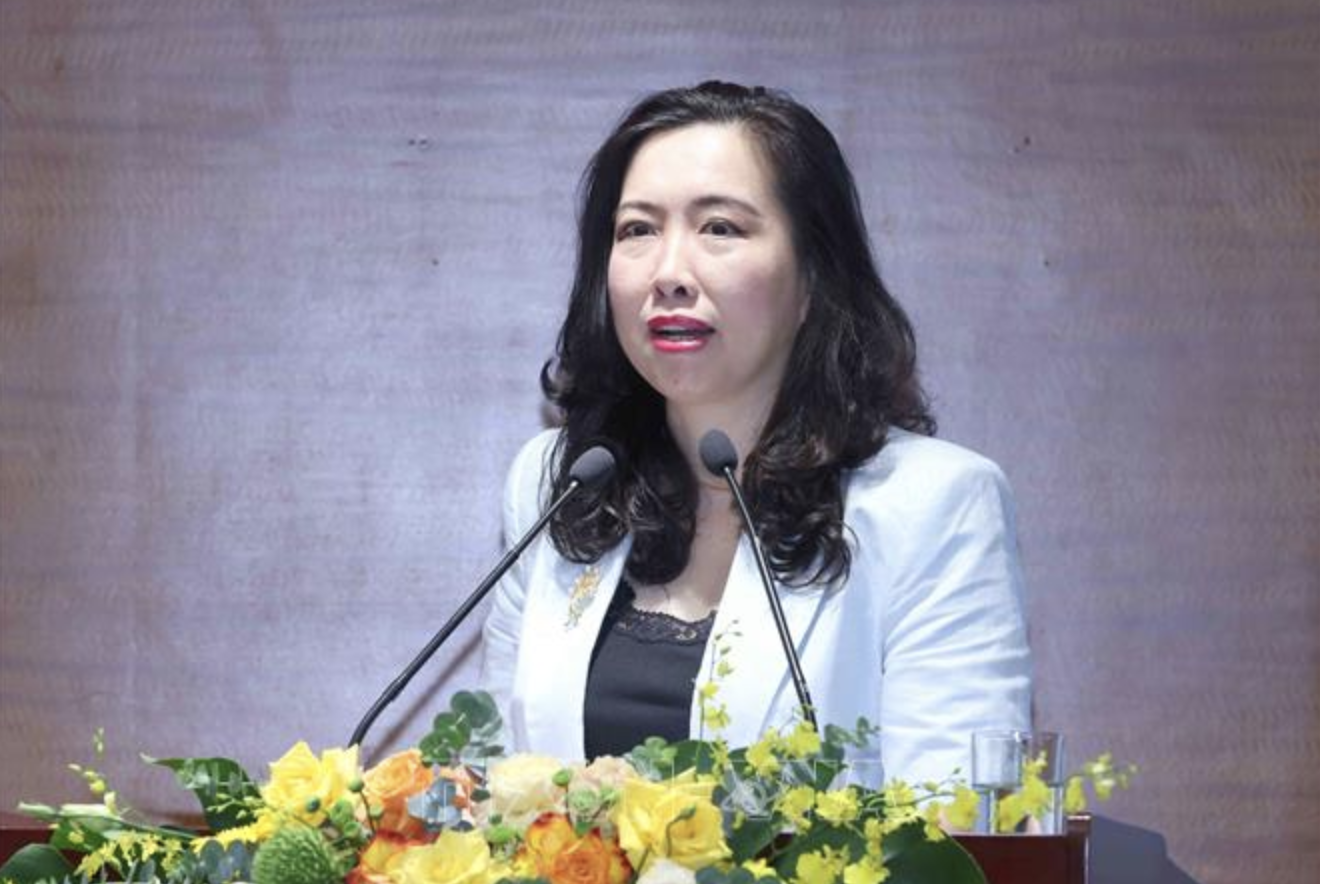
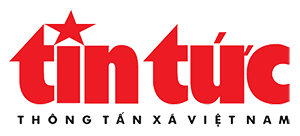





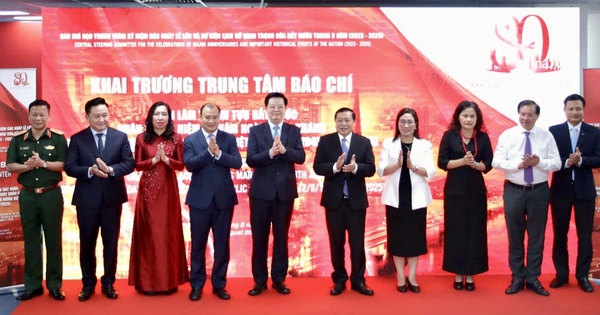




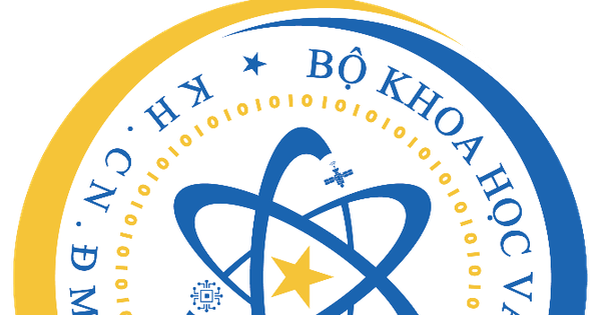

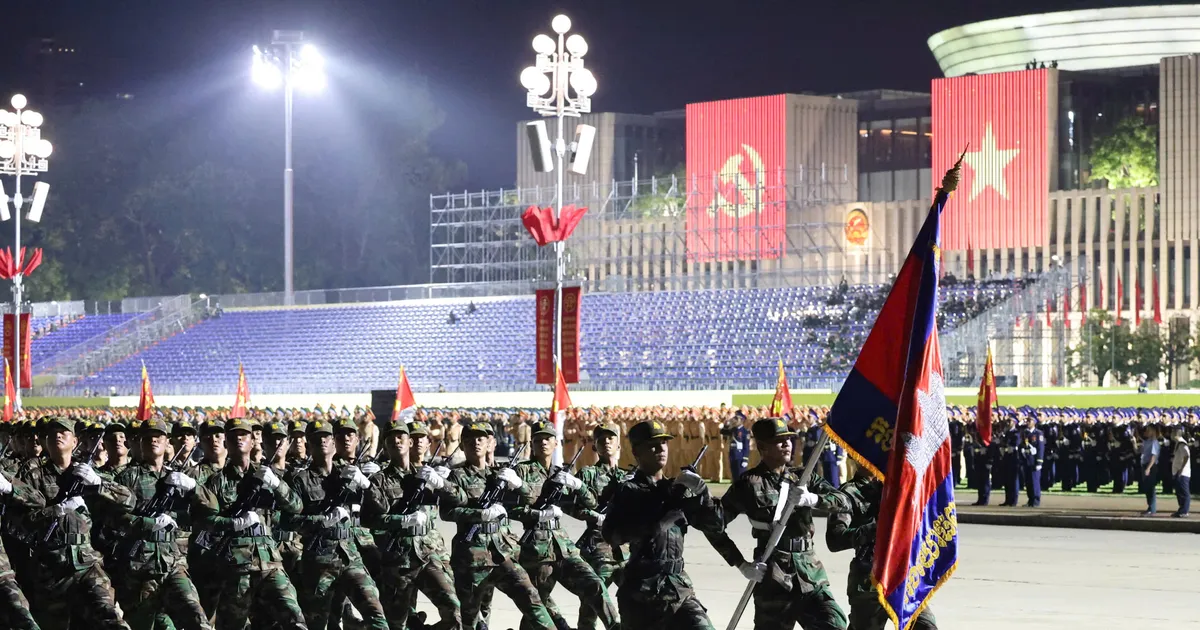


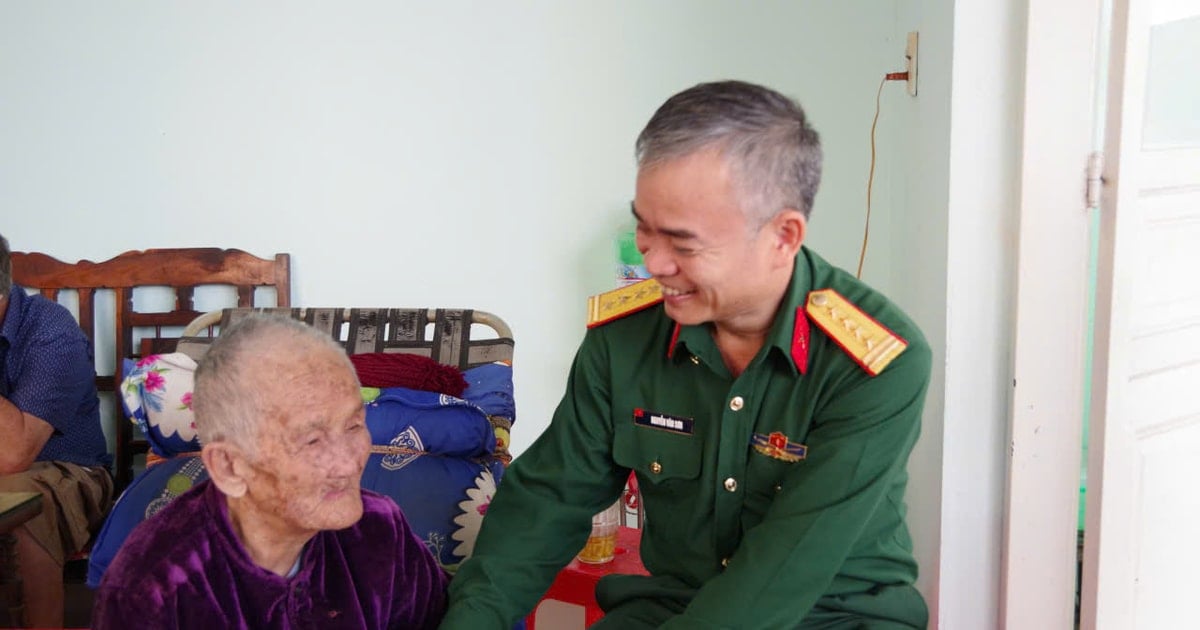



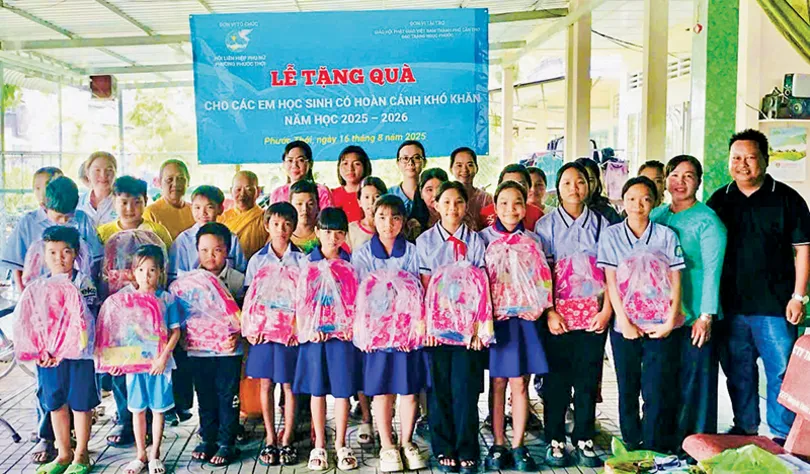
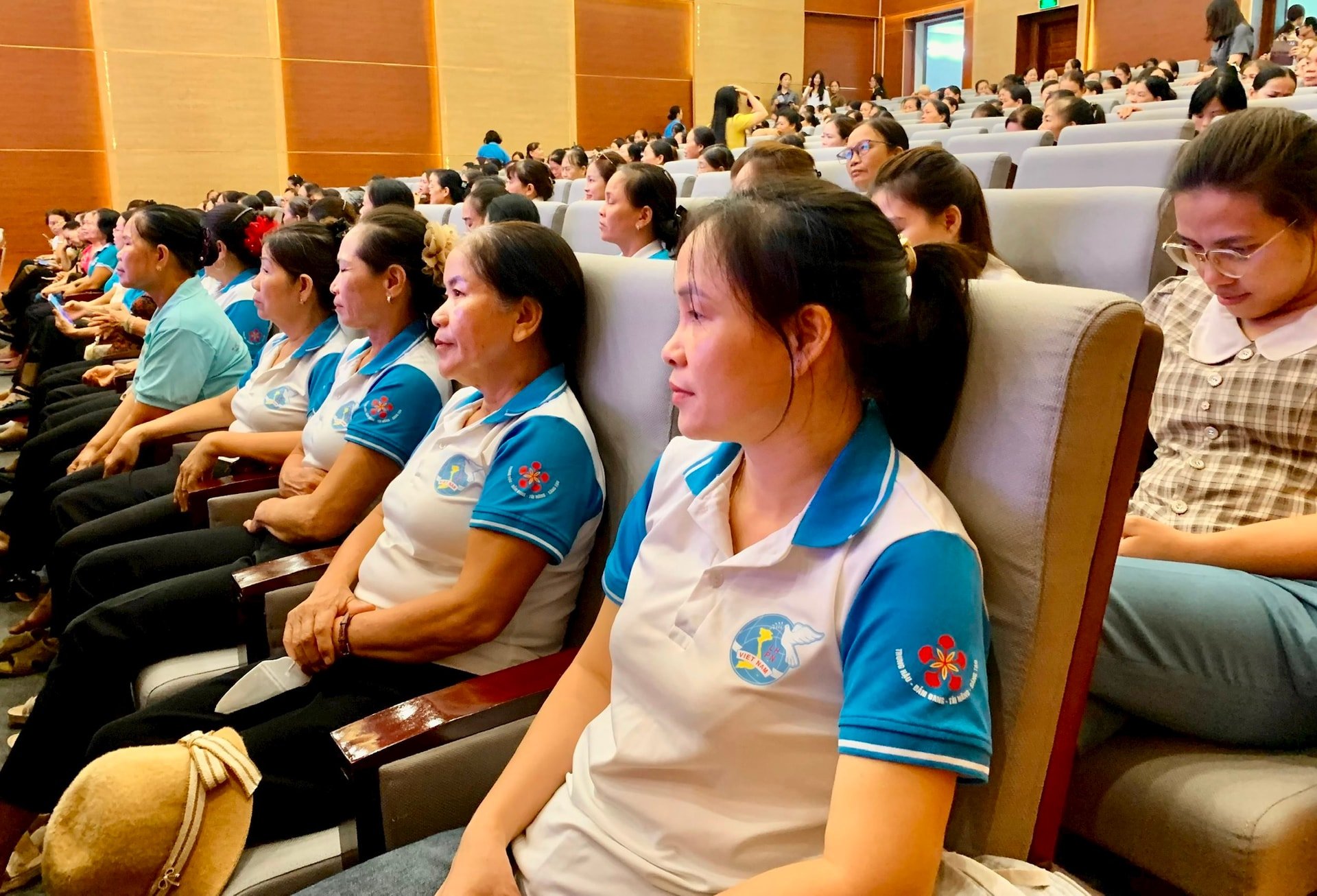















Comment (0)